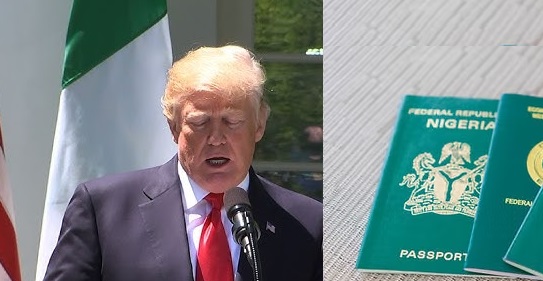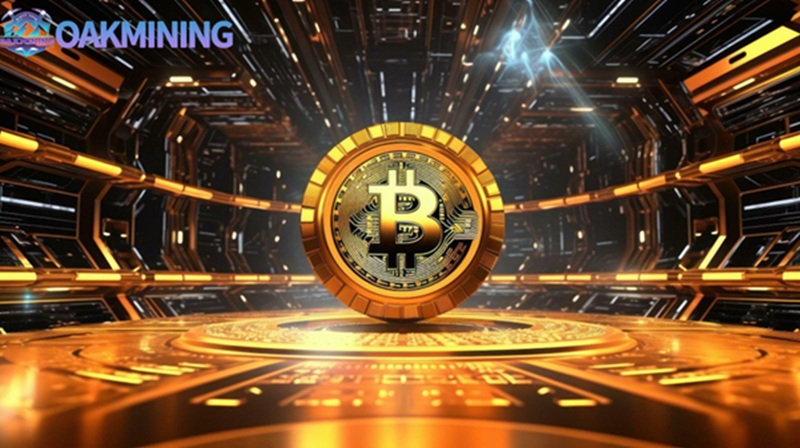As blockchain technology develops, cloud mining platforms like Oak Mining provide a simplified way for investors to participate in Bitcoin mining.This approach provides direct exposure to cryptocurrency generation without the complexities of managing physical mining rigs or technical setups.
Why Cloud Mining is the Strategic Choice
Following the 2024 Bitcoin halving, the landscape has shifted. With block rewards reduced and mining difficulty at record highs, individual mining is increasingly unviable. Cloud mining emerges as a powerful solution, offering:
- Accessible Crypto Investment: Start with minimal capital.
- Zero Technical Overhead: Bypass the need for hardware expertise.
- Sustainable Crypto Mining: Leverage energy-efficient operations.
- Regulatory Clarity: Operate within fully compliant frameworks.
Oak Mining’s Edge in the Digital Asset Ecosystem
In today’s market, transparency and efficiency are paramount. Oak Mining is built to deliver, distinguishing itself through:
- Transparent Fee Structure: Clear pricing with no hidden costs.
- Green Blockchain Initiatives: Powered by renewable energy sources.
- Flexible Hashrate Contracts: Options for every investment level.
- Intuitive Portfolio Dashboard: For real-time management of your digital assets.
Transparent, High-Yield Investment Plans
Select a plan that fits your financial goals and start earning with automated daily payouts.
| Plan Tier | Investment | Contract Term | Daily Earnings |
| Starter Package | $100 | 2 Days | $3.00 |
| Enhanced Mining | $500 | 6 Days | $6.75 |
| Professional Tier | $1,500 | 12 Days | $21.00 |
| Advanced Portfolio | $3,200 | 16 Days | $46.40 |
| Hydro Solution | $5,000 | 20 Days | $75.00 |
| Enterprise Suite | $8,000 | 27 Days | $128.00 |
Pro Insight: Accelerate your wealth accumulation by reinvesting your daily returns. Through compounding, you can achieve exponential growth over time—maximizing your long-term financial objectives.
Start Earning Bitcoin in Three Simple Steps
- Register Securely – Create your account and receive an exclusive welcome bonus.
- Select Your Plan – Choose the investment tier that aligns with your strategy.
- Earn Automatically – Receive daily Bitcoin payouts directly to your wallet.
Ready to Build Your Digital Legacy?
Now is the time to secure your position in the Bitcoin ecosystem. With Oak Mining, you can start earning within 24 hours.
? View Investment Plans & Start Today
Manage your portfolio anytime, anywhere. Download the Oak Mining App for seamless, on-the-go control.
Join a forward-thinking community that is building generational wealth through intelligent, passive Bitcoin mining.
As we look toward 2025 and beyond, the potential of Bitcoin remains stronger than ever. By partnering with a trusted and transparent cloud mining provider like Oak Mining, you position yourself at the forefront of this digital revolution. Whether you’re new to cryptocurrency or a seasoned investor, Oak Mining offers a secure, efficient, and sustainable path to growing your assets. Don’t just watch the future unfold—take an active role in shaping it. Begin your mining journey today and turn the promise of Bitcoin into your tangible reality.
Connect With Us
Official Website: OAKMining.com
Customer Support: info@oakmining.com







